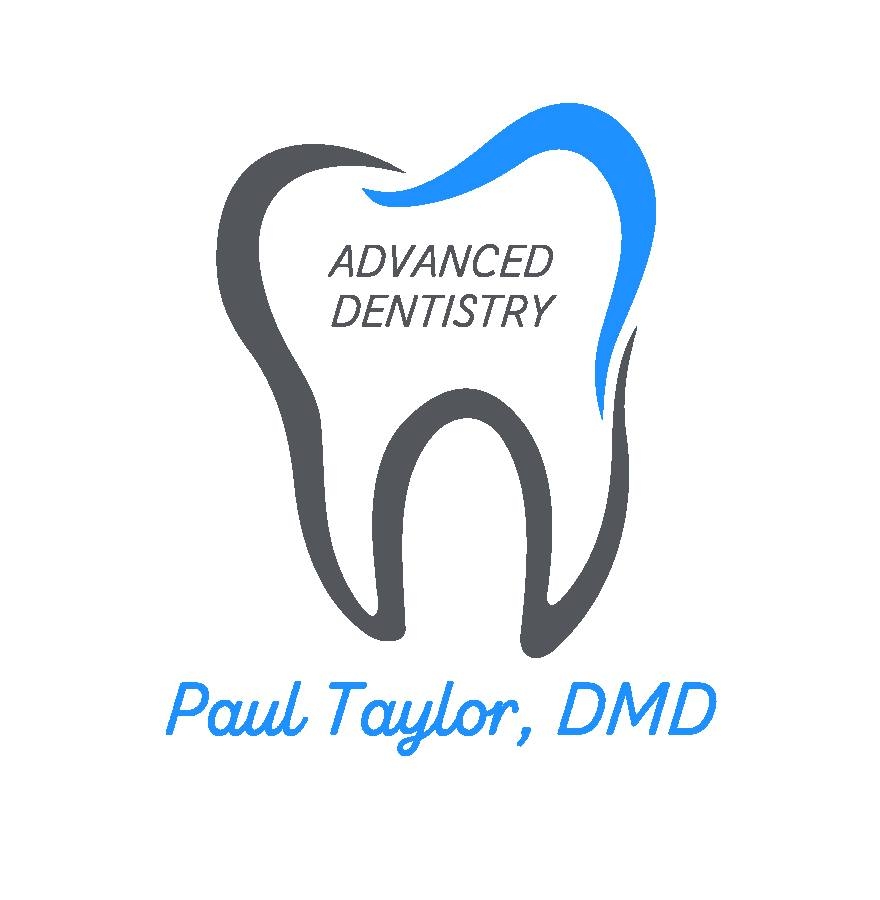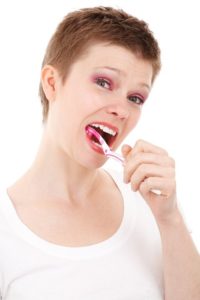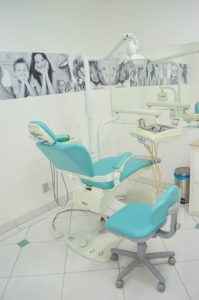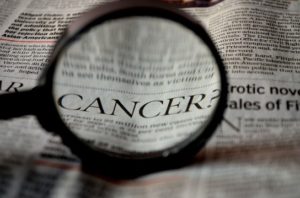Dentist 92117
 Did you know that chocolate might not be as bad for your teeth as people may have thought? You can now eat your favorite treat without feeling guilty. Studies have shown that there are benefits to eating chocolate, however, not all chocolate is created equal. It is important to note that these benefits apply to dark chocolate, not milk chocolate or white chocolate. Dark chocolate is rich in Fiber, Iron, Magnesium, Copper, Manganese and a few other minerals.
Did you know that chocolate might not be as bad for your teeth as people may have thought? You can now eat your favorite treat without feeling guilty. Studies have shown that there are benefits to eating chocolate, however, not all chocolate is created equal. It is important to note that these benefits apply to dark chocolate, not milk chocolate or white chocolate. Dark chocolate is rich in Fiber, Iron, Magnesium, Copper, Manganese and a few other minerals.
A 100-gram bar of dark chocolate with 70-85% cocoa contains:
- 11 grams of fiber
- 67% Iron
- 58% Magnesium
- 89% Copper
- 98% Manganese
- It also has plenty of potassium, phosphorus, zinc and selenium
Here are more advantages to eating dark chocolate and how to maintain good oral health while doing so.
Chocolate and Your Teeth
Chocolate is a candy that dissolves quickly in your mouth, resulting in less time on your teeth. It does less damage than a chewy or sticky candy because the sugar doesn’t cling to your teeth as long.
Chocolate and Your Health
Cocoa and dark chocolate are also a powerful source of antioxidants. Antioxidants protect the body from damage caused by harmful molecules called free radicals. Many experts believe this damage is a factor in the development of blood vessel disease, cancer, and other conditions. The bioactive compounds in cocoa can improve blood flow in the arteries and cause a small but statistically significant decrease in blood pressure.
Chocolate Benefits
Eating chocolate can lower your risk for cardiovascular disease. A study also showed that the flavanols from cocoa can improve blood flow to the skin and protect it against sun-induced damage.
Remember to eat responsibly as too much sugary food can be harmful, regardless of the benefits. Eating dark chocolate and brushing your teeth after will reduce the negative effects of chocolate.
While you can indulge on your favorite chocolate treat occasionally, be sure to keep up with your oral hygiene routine. Brush at least twice each day for two minutes, and floss regularly. To schedule your next visit to our office, please contact our team.
4320 Genesee Ave., Suite 101
San Diego, CA 92117
(858) 496-7521


 Do you have white spots on your teeth? Are your teeth quite sensitive? Do your teeth have cracks, chips, or indentations? If yes, then you may be experiencing enamel erosion.
Do you have white spots on your teeth? Are your teeth quite sensitive? Do your teeth have cracks, chips, or indentations? If yes, then you may be experiencing enamel erosion. With a busy schedule, it may be a challenge to schedule your routine dental visit or you may just forget about it altogether. Remember that prevention is protection. For most patients, we recommend you visit us at least every six months. More frequent visits may be necessary if you are at a higher risk for oral health complications. Here is why regular professional cleanings and exams are important.
With a busy schedule, it may be a challenge to schedule your routine dental visit or you may just forget about it altogether. Remember that prevention is protection. For most patients, we recommend you visit us at least every six months. More frequent visits may be necessary if you are at a higher risk for oral health complications. Here is why regular professional cleanings and exams are important. While brushing or flossing your teeth, do you notice blood on your toothbrush or in the sink? Swollen, red, or tender gums can bleed when brushing or flossing, even if you are brushing gently. While it may seem harmless, it is important that you do not ignore these symptoms as they may be signs of a more serious issue. Here are four reasons why your gums may be bleeding, and what you can do for prevention.
While brushing or flossing your teeth, do you notice blood on your toothbrush or in the sink? Swollen, red, or tender gums can bleed when brushing or flossing, even if you are brushing gently. While it may seem harmless, it is important that you do not ignore these symptoms as they may be signs of a more serious issue. Here are four reasons why your gums may be bleeding, and what you can do for prevention. Calcium is an important mineral for building strong, healthy teeth. Not everyone can tolerate the lactose found in dairy, which is often a prime source for calcium. There are a wide variety of options available to get the calcium you need. Here are six options rich in calcium:
Calcium is an important mineral for building strong, healthy teeth. Not everyone can tolerate the lactose found in dairy, which is often a prime source for calcium. There are a wide variety of options available to get the calcium you need. Here are six options rich in calcium: Maintaining your gum health is vital to your overall health. When you visit our office for an examination, our trained hygienists perform a periodontal exam. In fact, during your examination, our team is quietly assessing your oral health by performing a number of checks. Here’s what you need to know about periodontal disease.
Maintaining your gum health is vital to your overall health. When you visit our office for an examination, our trained hygienists perform a periodontal exam. In fact, during your examination, our team is quietly assessing your oral health by performing a number of checks. Here’s what you need to know about periodontal disease. During a comprehensive dental examination, our team will look for signs of oral cancer. Early detection is key with oral cancer. If caught early, most forms of oral cancer are treatable. Our dental team is trained and educated to identify oral cancer.
During a comprehensive dental examination, our team will look for signs of oral cancer. Early detection is key with oral cancer. If caught early, most forms of oral cancer are treatable. Our dental team is trained and educated to identify oral cancer. We all know the importance of making a great first impression. Whether you’re going into a job interview or about to go on your first date with someone new, you want to have the confidence that comes with a great smile. After years of wear and tear however, a lot of people end up with teeth that they’re not completely proud to show off. If you feel unhappy with the way your smile looks, don’t worry; there are plenty of options that can help.
We all know the importance of making a great first impression. Whether you’re going into a job interview or about to go on your first date with someone new, you want to have the confidence that comes with a great smile. After years of wear and tear however, a lot of people end up with teeth that they’re not completely proud to show off. If you feel unhappy with the way your smile looks, don’t worry; there are plenty of options that can help. Your smile is the first thing someone notices about you; it’s how you make an impression. A study by the healthcare group Bupa in 2015 found that more than a quarter of people avoid showing their smile in photos online because they aren’t pleased with the way their smile appears. The same study found that more than 80% of people believe that their smile is unattractive in photos.
Your smile is the first thing someone notices about you; it’s how you make an impression. A study by the healthcare group Bupa in 2015 found that more than a quarter of people avoid showing their smile in photos online because they aren’t pleased with the way their smile appears. The same study found that more than 80% of people believe that their smile is unattractive in photos. “Tooth worms” are the cause of tooth decay. That was the headline of a Sumerian text from around 5,000 B.C.E. Fortunately, the dental industry has evolved since then and we know “tooth worms” don’t exist. Here’s how dentistry has evolved into the comfortable, safe, and beneficial science of today.
“Tooth worms” are the cause of tooth decay. That was the headline of a Sumerian text from around 5,000 B.C.E. Fortunately, the dental industry has evolved since then and we know “tooth worms” don’t exist. Here’s how dentistry has evolved into the comfortable, safe, and beneficial science of today.